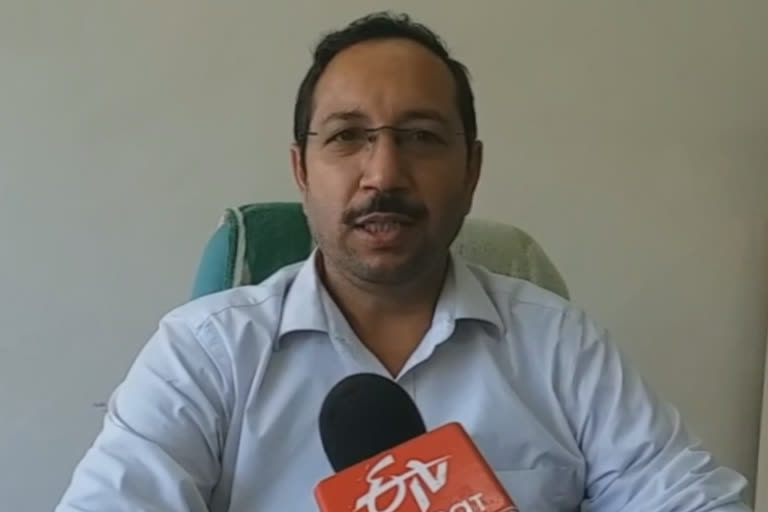Hamirpur (Himachal):Experts from the National Institute of Technology, Hamirpur in Himachal Pradesh have revealed an increase in the formation of glacial lakes between 1971 and 2011, due to climate change. The number of such lakes in the higher Himalayas and the Pir Panjal range doubled in the last four decades and reportedly poses a threat in areas of Sikkim, Uttarakhand, Jammu and Kashmir and Himachal besides Nepal, Bhutan and Tibet. Prof. Dr Chandra Prakash, who led the research, said that there were only 77 glacier lakes in 1971 and that this number increased to 155 by 2011.
Prof. Prakash has been busy researching for many years on glacier lakes. His research has been focused on the four river basins of the High Himalayas and the Pir Panjal mountain range. The research was carried out with the help of Indian Remote Sensing Satellite data and US' Corona Satellite Photography.
A total of 77 glacier lakes spanning 1,000 square metres existed in the Chandra, Bhaga, Beas, and Parvati river basins of the Higher Himalayas and Pir Panjal range, whereas by 2011 their number increased to 155. Now, not just that there has also been a two to three fold increase observed in the size of these lakes, and there are 16 such lakes that are vulnerable and at risk of floods in case of excessive rainfall, landslides or earthquakes.
The Pir Panjal range comprising Beas and Parvati basins witnessed lesser glacial lake formation than the higher Himalayan range of the Chandra and Bhaga river basins over the past four decades. In 1971, a total of 14 lakes were present in the Chandra basin, which has now increased to 48 in 2011, while in the Bhaga basin there were 26 lakes.
Also read:Uttarakhand glacier outbursts: Scientists warn of lakes formed after glacier melting
